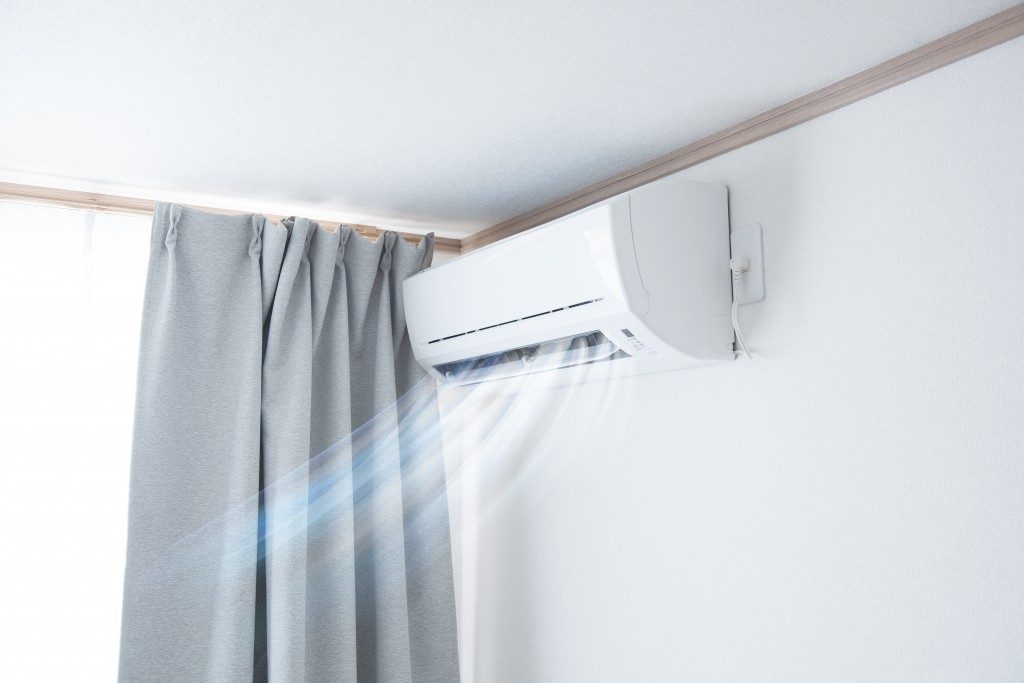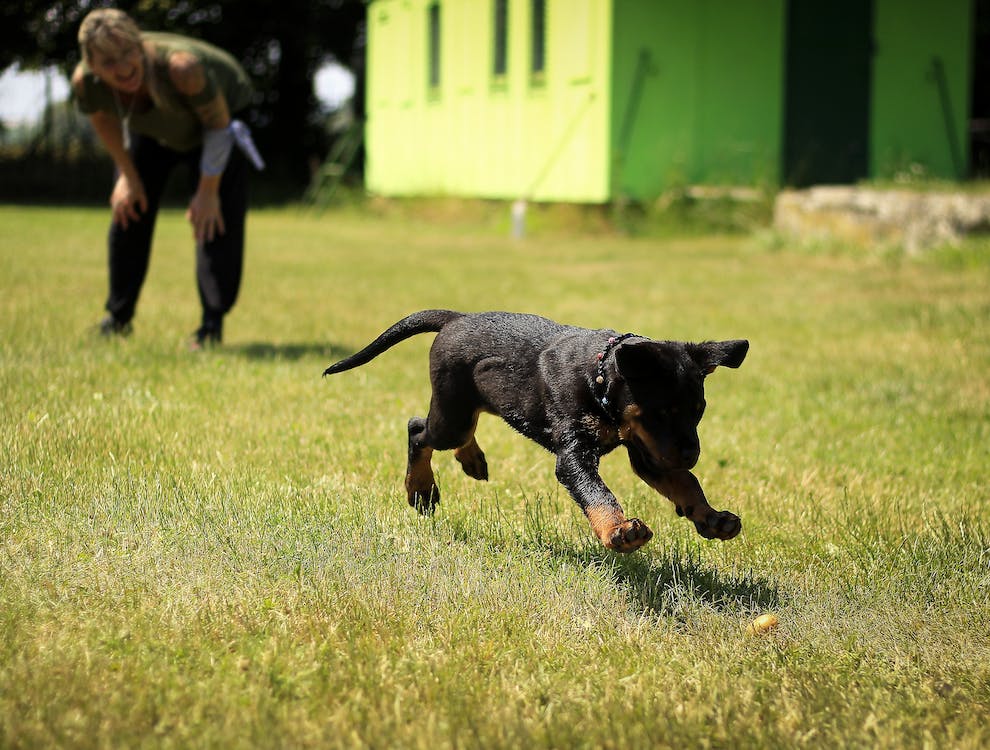As a responsible pet owner, you want to ensure your dog is comfortable in any environment. With summer heat blazing, air conditioning provides welcome relief. But you may worry the cold air is too frigid for your furry companion. Understanding dogs’ sensitivity to temperature changes can help you make the right adjustments. Here’s what to know about canine comfort in air conditioned spaces.
How Cold is Too Cold for Dogs Indoors?
Dogs have a higher body temperature than humans, averaging 101-102.5°F versus our 98.6°F. Their coat also provides insulation from heat and cold. As a result, the thermometer reading that feels pleasantly cool to you may be downright chilly for your pooch.
As a general rule, indoor temperatures lower than 60°F start feeling uncomfortably cold for most dogs. Short-haired breeds like Labradors, pit bulls, and boxers dislike the cold more than long-haired counterparts like Siberian huskies. Puppies, elderly, and sick dogs also have lower temperature tolerance.
Monitor your best friend for signs of discomfort like shivering, cowering, seeking warm spots, or appearing anxious. If your dog seems distressed by the cold air, make adjustments right away.

Tips for Keeping Dogs Warm in Air Conditioning
If your dog appears too cold at normal AC settings, try these tips to help them feel cozier:
- Wrap in a blanket, especially when sleeping
- Provide a heated bed with a removable cover
- Give access to warm sunny spots for napping
- Limit time spent on cold tile or bare floors
- Maintain room temperatures above 60°F
- Increase food intake to boost caloric intake
- Add a dog sweater or coat for walks
- Use paw wax or booties outside to protect feet
With some simple considerations, you can strike the right balance between cooling relief and canine comfort. Monitor your dog’s behavior and make changes as needed.
Getting the Right Sized Dog Sweater
One easy way to help a cold-sensitive dog stay warm is by putting them in a sweater or coat when indoors or out for walks. Choose the right size using these tips:
- Measure dog length from neck to tail base
- Measure widest part of chest just behind front legs
- Select size based on dog’s measurements
- Opt for slightly loose but not baggy fit
- Allow room for layering underneath
- Adjust fit with velcro closures as needed
Having your dog’s updated measurements makes it easier to pick the optimal size online. A properly fitted sweater insulates without restricting movement.
Dog Breeds that Dislike the Cold
Certain breeds feel chilly quicker than others, including:
- Chihuahuas
- Greyhounds
- Boxers
- Pit bulls
- Dalmatians
- Labrador retrievers
- Whippets
- Basenjis
- Beagles
These thinly coated breeds originate from warmer climates. Let them bundle up when enjoying the AC!
Watching for Signs of Being Too Cold
Look for these cues your dog may be getting too chilly:
- Shivering or trembling
- Whining or barking
- Seeking warm spots to curl up
- Appearing anxious/agitated
- Panting
- Paw lifting or limping
- Lethargy
Just like humans, dogs may not always communicate cold discomfort clearly. Pay close attention to any behavioral changes when assessing if your best friend is too cold.

Providing Warm Spots at Home
To give your cold-natured pup plenty of toasty places to snuggle up, try:
- Orthopedic beds with cushy inserts or heated versions
- Draping blankets over furniture to make cozy cocoons
- Placing mats in front of sunny windows or heat vents
- Using rugs and runners to warm up tile and wood floors
- Insulating doors and windows to prevent drafts
- Keeping parts of the home warmer than others
Dogs love having comfort zones around the house. Provide an assortment of warm, inviting spots to prevent shivering and restlessness.
Easing the Transition Between Temperatures
When going from hot to cold or vice versa, gradually acclimate your dog to prevent shock. For example:
- Cool down in shaded grass before coming inside
- Warm up in an entryway before stepping out into the cold
- Always bring plenty of water to prevent dehydration
- Check paw pads for sensitivity and soreness
- Give time to adjust when visiting other environments
Monitoring conditions and giving your dog’s body time to stabilize as temperatures change keeps them most comfortable.
The bottom line is that dogs have different cold tolerances than people. Pay attention to your pet’s signals, and take simple steps to warm up their environment during bouts of chilly air conditioning. With a few blankets and sweaters on hand, your pup can beat the heat without catching a cold!



